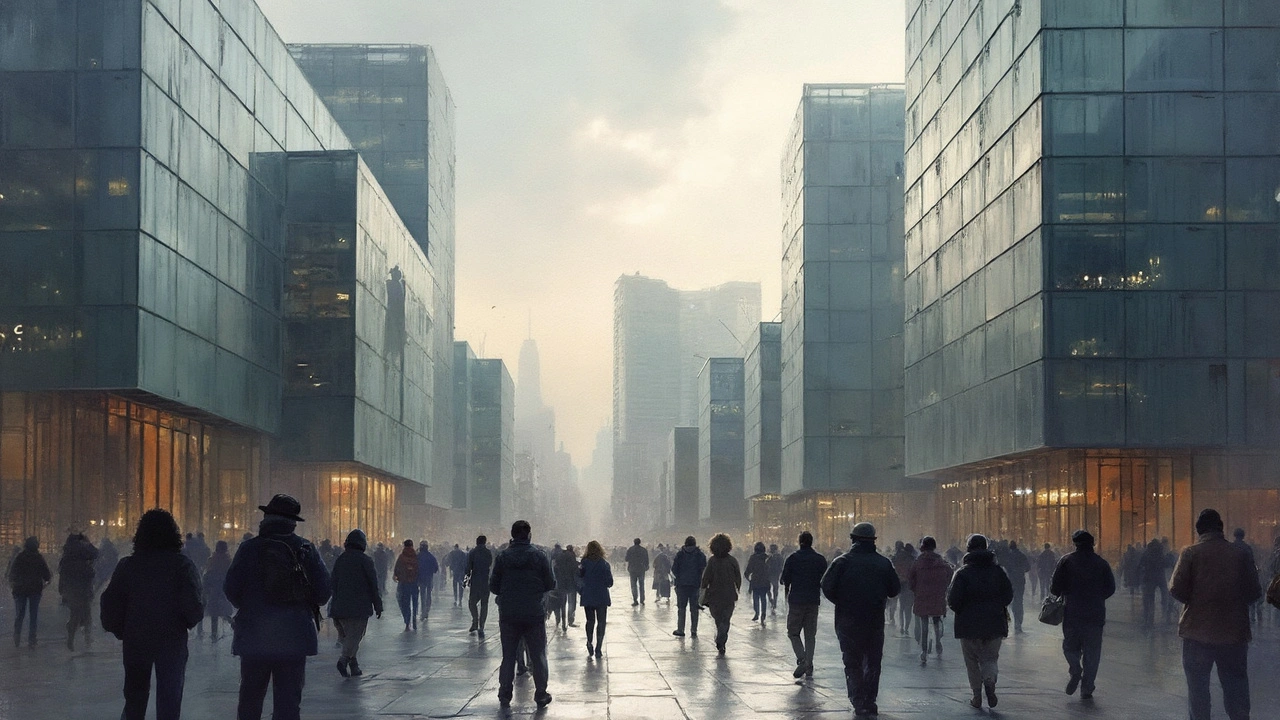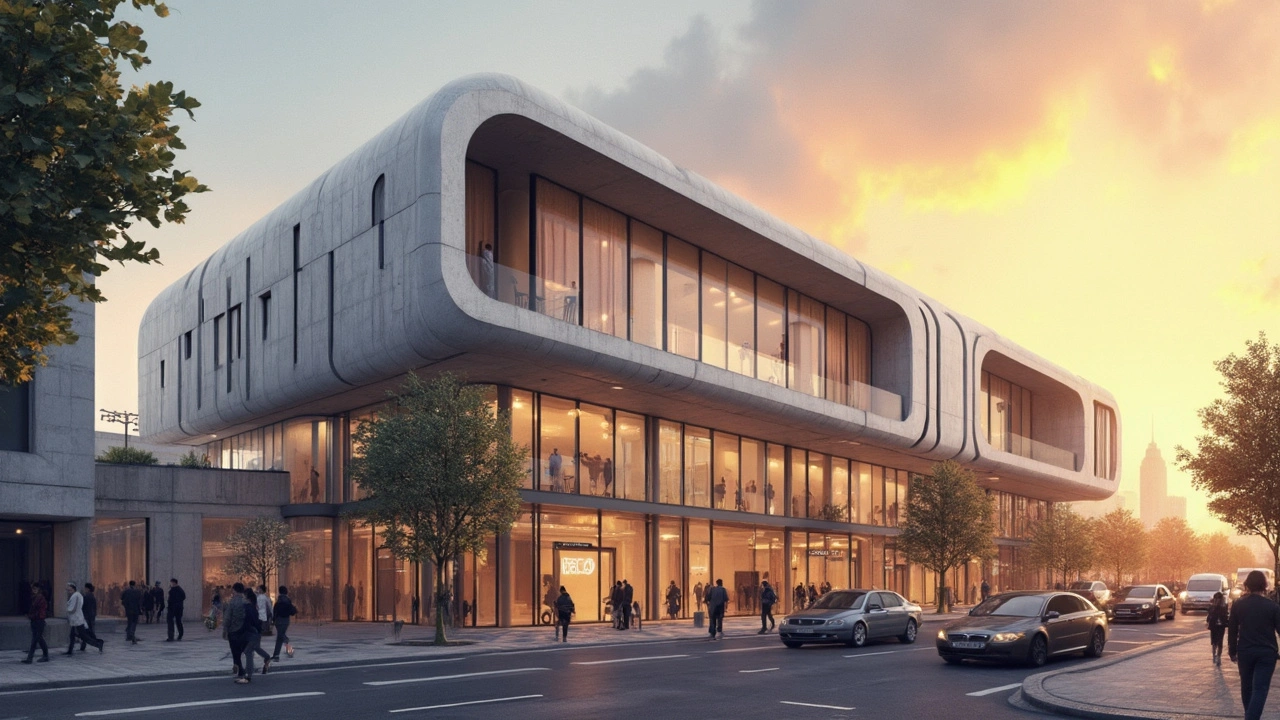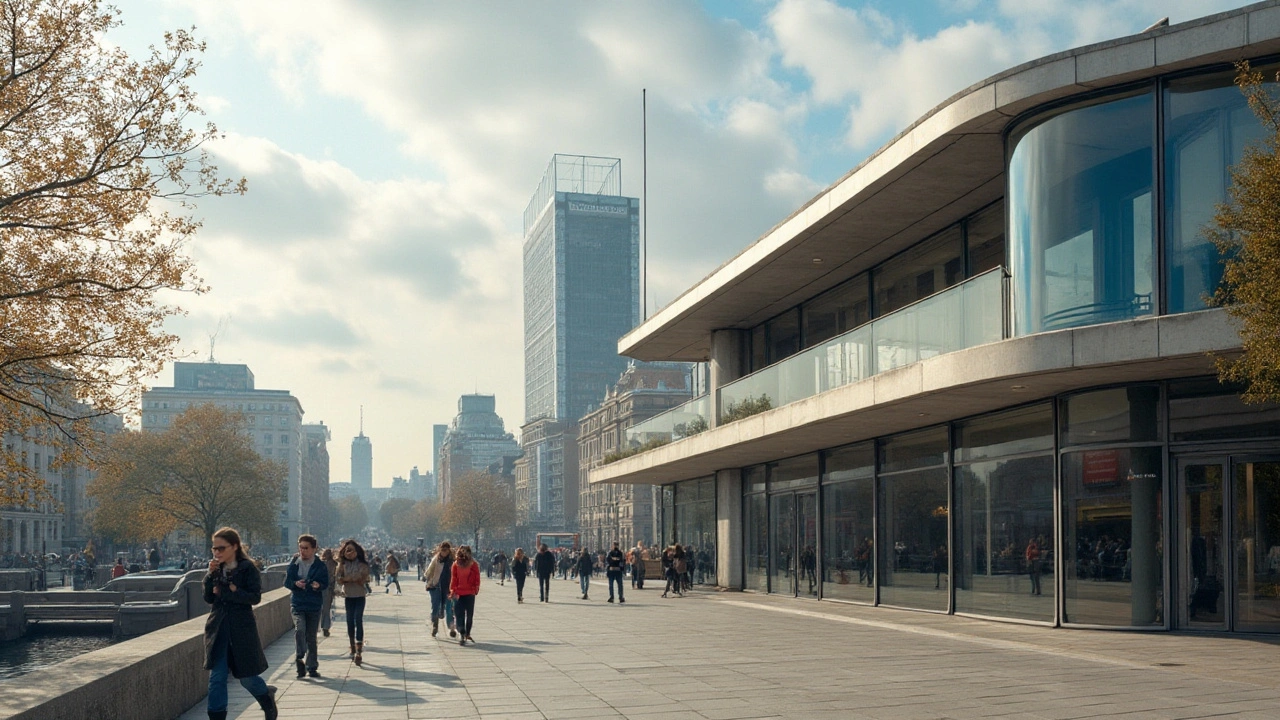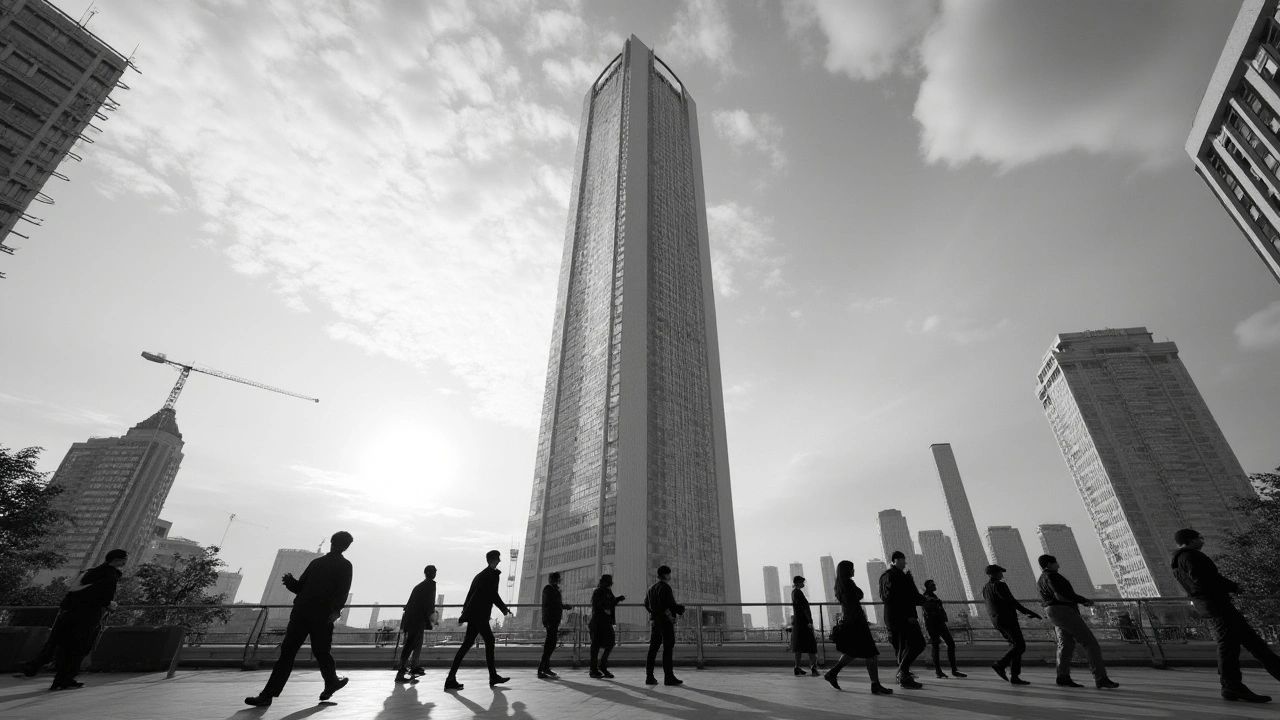International Style, a defining architectural movement, emerged in the 1920s as a response to the ornate designs of previous eras, emphasizing function, simplicity, and open spaces. Known for its clean lines and minimalistic approach, it revolutionized modern architecture and influenced how buildings are designed globally. An exploration into the history of this movement unveils the key figures, including Le Corbusier and Ludwig Mies van der Rohe, who shaped its aesthetic. This article delves into its core principles, influential works, and provides practical tips for incorporating its design elements into contemporary spaces.
International Style: Modernist Architecture That Changed Cities
International Style reshaped 20th-century design with a clear rule: form follows function. Born in the 1920s–30s, it pushed buildings away from ornament and toward clean lines, open plans, and new materials like steel and glass. You’ll see it in city centers, corporate towers, and some modern homes—once you know what to look for, it stands out.
Key features to spot
First, look for simple geometric shapes. Boxes, flat roofs, and smooth facades are common. Second, materials matter: steel frames, reinforced concrete, and large glass panels or curtain walls are hallmarks. Third, decoration is minimal—no carved cornices or fancy moldings. Instead, designers focused on proportion, rhythm, and the building’s structure. Fourth, open interiors and free plans let rooms flow together rather than be boxed into many small spaces. Finally, façades often emphasize horizontal or vertical lines rather than ornament.
Notable architects bring the style into focus. Le Corbusier used pilotis (columns) and ribbon windows in homes like Villa Savoye. Mies van der Rohe favored glass and steel in buildings such as the Barcelona Pavilion and later the Seagram Building. Walter Gropius and the Bauhaus school pushed functional design into furniture and everyday objects as well as buildings.
Why it still matters—and how to use it
International Style matters because it introduced efficient building methods and a minimalist way of thinking that still fits modern life. It’s about light, flexibility, and honesty in materials. If you’re renovating or designing a new space, you can borrow elements without copying a landmark. Try a pared-back façade, large windows, an open-plan ground floor, and neutral materials like concrete, wood, and metal. Keep trim and needless details to a minimum.
For cities, the style shaped downtown skylines with repeated glass-and-steel towers. That look can feel cold if overused, so successful projects mix scale and texture—stone bases, planted terraces, or warm interiors—to soften the effect. For homes, balance openness with coziness: use built-in shelving, area rugs, and layered lighting to add warmth while keeping clean lines.
Want to spot International Style on a walk? Check the structure first: can you see the building’s frame? Are windows long and uninterrupted? Is decoration absent or strictly functional? If yes, you’re likely looking at the style or a descendant of it.
International Style gave modern architecture a common language. It stripped buildings down to essentials and opened up new ways to live and work. Look for simplicity, honest materials, and efficient layouts. Those ideas are practical and still useful—no flash, just smart design that lasts.
The International Style revolutionized architecture and art with its emphasis on functionalism and minimalism, greatly influencing modern urban landscapes. Merging simplicity and practicality, this style left a lasting impression, shaping how buildings are designed worldwide. By prioritizing open spaces and sleek lines, the International Style impacted art and design, bridging cultures and fostering a global architectural language. Shell out this guide for an informed exploration of its key features and historical significance.
The concept of International Style revolutionized the world of architecture and design, promoting simplicity, functionality, and a universal approach to building aesthetics. This style discarded ornate excess, favoring clean lines and open spaces that catered to a modern sensibility. Understanding how these principles influence today's design practices shows the lasting legacy of this movement. The article dives into the origins, principles, and impact of the International Style, offering tips on how to incorporate its elements into modern design projects.
International Style is a globally recognized architectural and design movement that emphasizes open interior spaces, industrial materials, and simple, clean lines. Originating in the 1920s and 1930s, it has significantly influenced structures worldwide, leaving a mark on both public and private buildings. This style is known for its versatility and how it adapts to diverse cultural aesthetics. By exploring its key elements, one can appreciate its impact on modern design and architecture. This article delves into the origins, characteristics, and influence of International Style, offering insights into its enduring appeal.
The International Style in art and architecture marked a significant shift in design philosophy during the 20th century. By focusing on simplicity, volume, and the absence of ornamentation, it transcended borders to become a universal language in the creative world. This article delves into its evolution, key characteristics, and notable examples globally, offering insight into how it shapes modern aesthetics.
This article delves into the continuing ascent of the International Style in architecture, examining its historical roots, key characteristics, notable architects, and its global influence. It also discusses how the style has evolved over the years and offers practical tips for incorporating International Style elements into contemporary design. Readers will gain a comprehensive understanding of why this architectural trend remains relevant.






